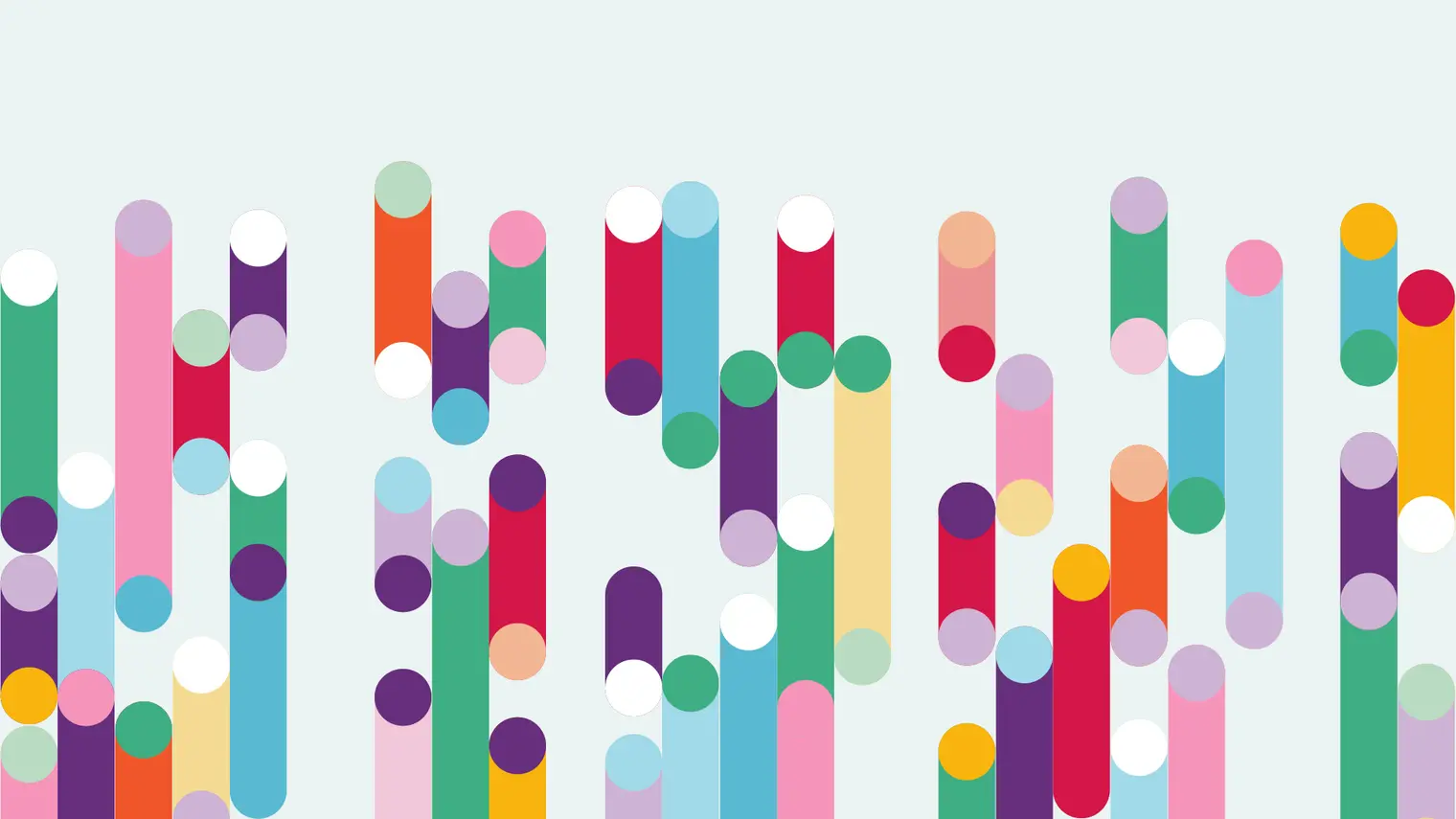
Guillaume Lajoie
Biography
Guillaume Lajoie is an Associate professor in the Department of Mathematics and Statistics at Université de Montréal and a Core Academic Member of Mila – Quebec Artificial Intelligence Institute. He holds a Canada-CIFAR AI Research Chair, and a Canada Research Chair (CRC) in Neural Computation and Interfacing.
His research is positioned at the intersection of AI and Neuroscience where he develops tools to better understand mechanisms of intelligence common to both biological and artificial systems. His research group's contributions range from advances in multi-scale learning paradigms for large artificial systems, to applications in neurotechnology. Dr. Lajoie is actively involved in responsible AI development efforts, seeking to identify guidelines and best practices for use of AI in research and beyond.




